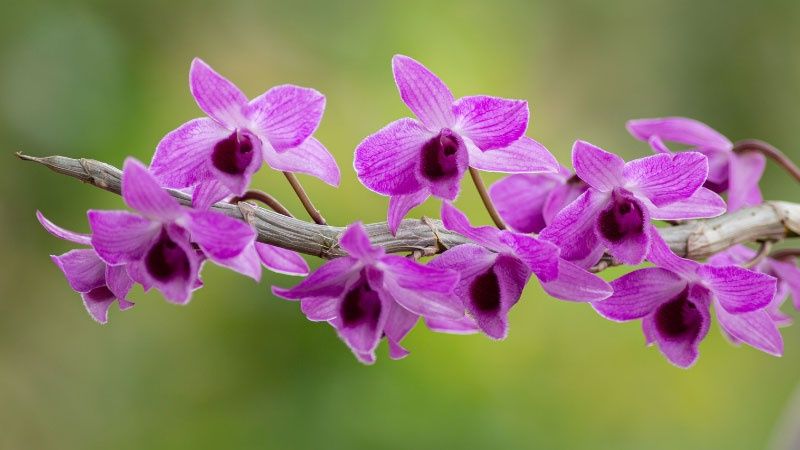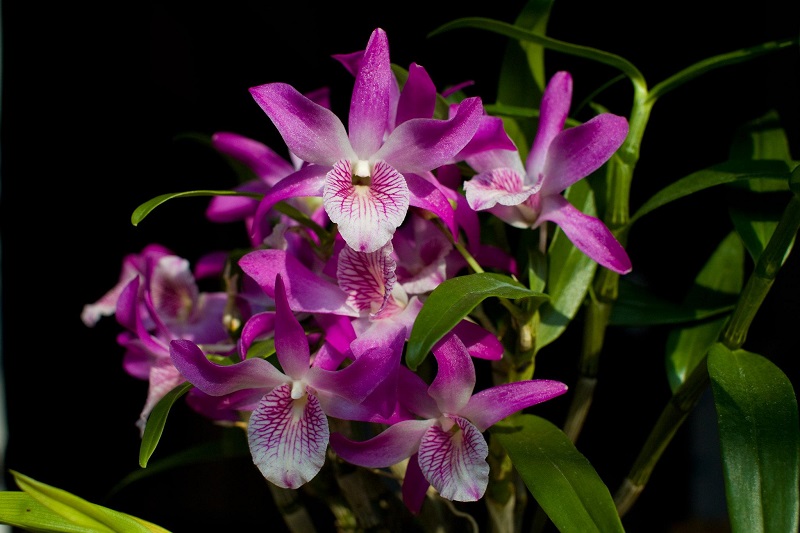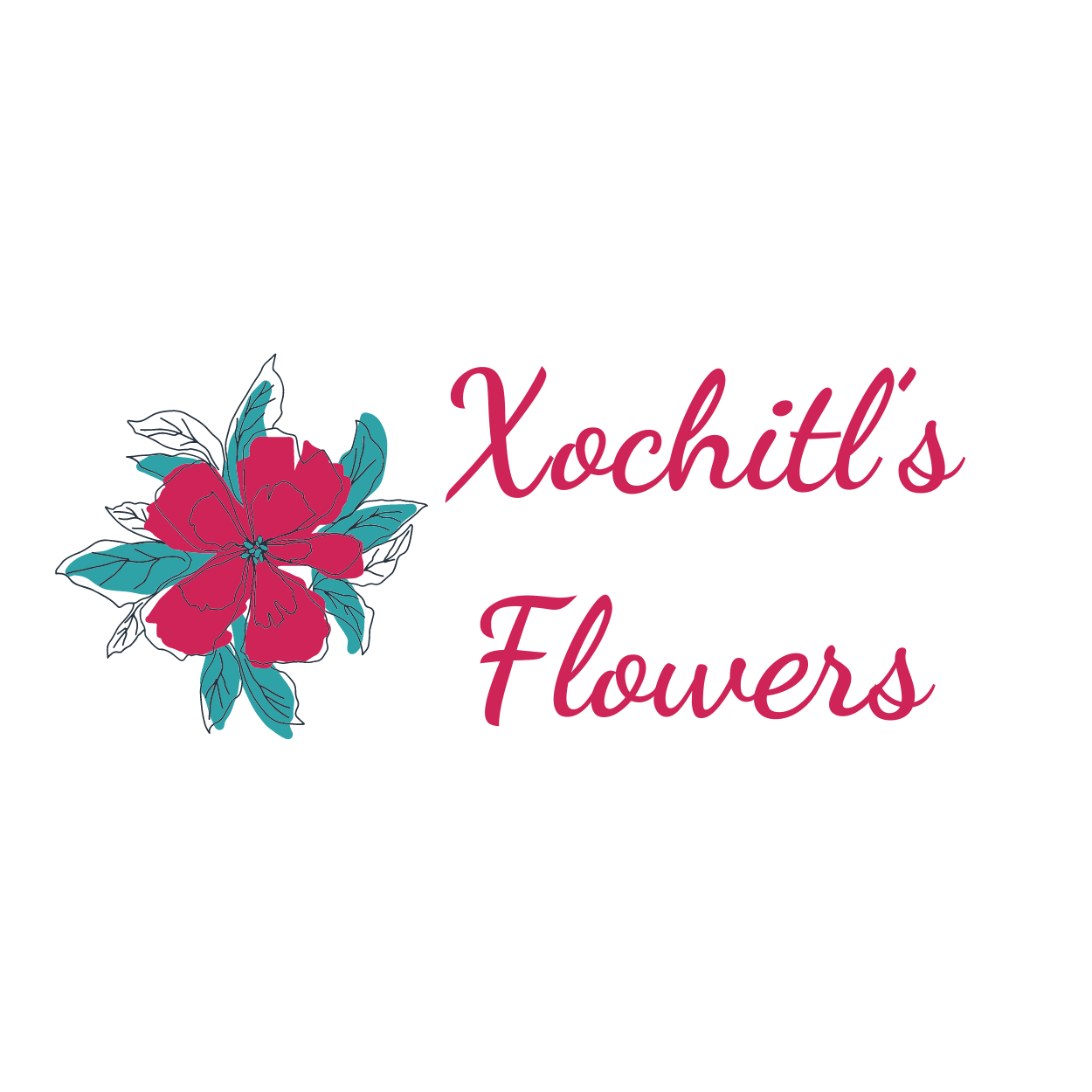Orchids are renowned for their beauty and diversity, and among them, Dendrobium orchids stand out for their unique characteristics and wide variety. This article explores the intriguing world of Dendrobium, providing insights into their classification, care, and uses. Whether you’re an experienced grower or just beginning, this guide will enhance your understanding and appreciation of these remarkable plants.
Taxonomy and Classification of Dendrobium Orchids
Family and Genus Overview
Dendrobium orchids belong to the family Orchidaceae and are classified under the subfamily Epidendroideae and tribe Dendrobieae. The genus Dendrobium includes over 1,800 species, showcasing an impressive range of forms and colors.
Notable Dendrobium Species
- Dendrobium nobile: Known for its fragrant and colorful blooms.
- Dendrobium phalaenopsis: Resembling the popular Phalaenopsis orchids, it is admired for its long-lasting flowers.
- Dendrobium speciosum: Recognized for its large, showy flowers and robust growth.

Morphology and Characteristics of Dendrobium Orchids
Pseudobulbs
Dendrobium orchids feature pseudobulbs—swollen, elongated stems that store essential nutrients and water, crucial for the plant’s survival.
Leaves
The leaves of Dendrobium orchids vary in shape, typically lanceolate or elliptical, and are arranged alternately along the pseudobulbs. These leaves play a vital role in photosynthesis.
Flowers
Dendrobium flowers are complex, with three sepals and three petals. They come in a wide range of colors including white, pink, purple, and yellow. Flowering seasons differ among species, adding to their appeal.
Roots
Depending on the species, Dendrobium roots can be aerial or terrestrial. They are essential for anchorage and moisture absorption.
Natural Habitat of Dendrobium Orchids
Geographic Distribution
Dendrobium orchids are native to Southeast Asia, Northern Australia, and the Pacific Islands. Their adaptability allows them to thrive in various environments.
Environmental Conditions
These orchids flourish in tropical and subtropical climates. They are found at altitudes ranging from sea level to mountainous regions, growing in forests, montane areas, and sometimes grasslands.
Cultivation and Care of Dendrobium Orchids
Growing Conditions
Dendrobium orchids require bright, indirect light and warm to intermediate temperatures. High humidity is also essential to replicate their natural habitat.
Watering and Potting Medium
Regular watering is crucial, but the plant should be allowed to dry out between waterings. Use a well-draining medium such as orchid bark mixed with perlite or sphagnum moss. They are often potted in containers with good drainage or hung in baskets.
Fertilization
Apply a balanced orchid fertilizer every 2-4 weeks during the growing season to promote healthy growth and flowering.
Pruning and Maintenance
Regularly remove spent flowers and old pseudobulbs to maintain plant health. Repotting is recommended every 1-2 years or when the potting medium breaks down.
Common Problems and Solutions for Dendrobium Orchids
Pests
Common pests include aphids, scale insects, and spider mites. Treat these pests with insecticidal soap or neem oil.
Diseases
Fungal and bacterial issues, such as root rot and leaf spots, can occur. Address these problems with proper watering practices and fungicides.

Environmental Issues
Dendrobium orchids may experience issues like sunburn or etiolation due to inadequate light. Ensure appropriate light levels and avoid temperature extremes to prevent these problems.
Propagation of Dendrobium Orchids
Methods of Propagation
Dendrobium orchids can be propagated through:
- Division of Pseudobulbs: Separating and replanting sections of the plant.
- Keiki Production: Offshoots from the parent plant can be separated and potted.
Timing and Conditions
Propagation is best done during the active growing season. Ensure adequate light and humidity to support new growth.
Uses and Applications of Dendrobium Orchids
Ornamental Uses
Dendrobium orchids are popular in both indoor and outdoor displays due to their striking appearance. They are also frequently used in floral arrangements.
Medicinal Uses
In some cultures, Dendrobium orchids have been used in traditional medicine for various ailments. Modern research is exploring their potential pharmaceutical benefits.
Dendrobium orchids are a captivating and diverse genus within the orchid family, known for their unique features and stunning blooms. Understanding their taxonomy, natural habitat, and care requirements can significantly enhance your ability to cultivate and appreciate these plants. As we continue to explore and study Dendrobium, their roles in horticulture and medicine will undoubtedly expand, showcasing the incredible versatility and beauty of these remarkable orchids
